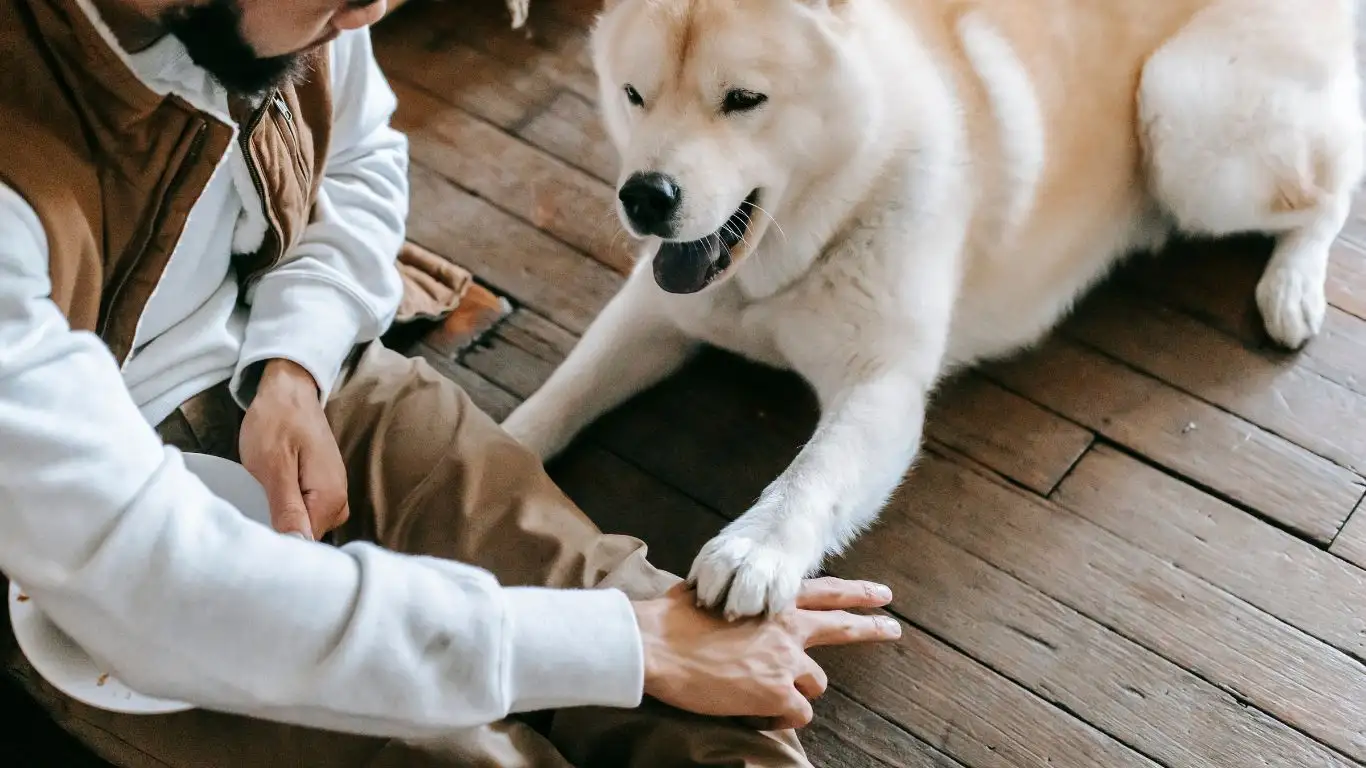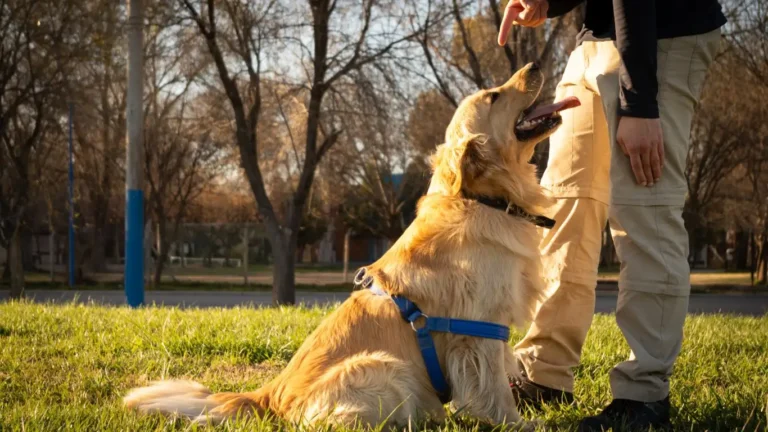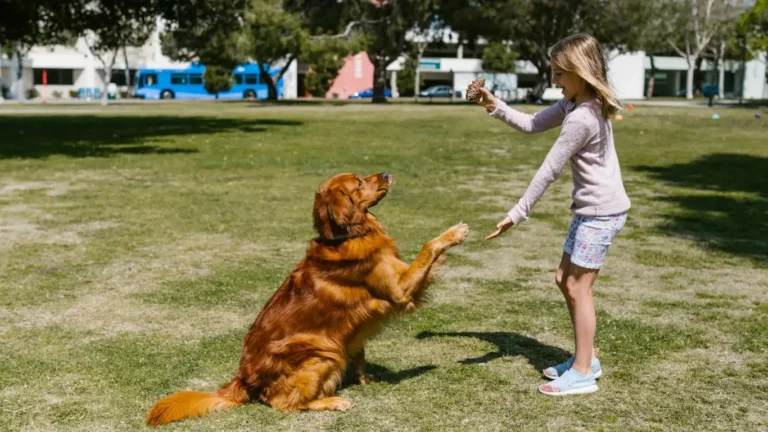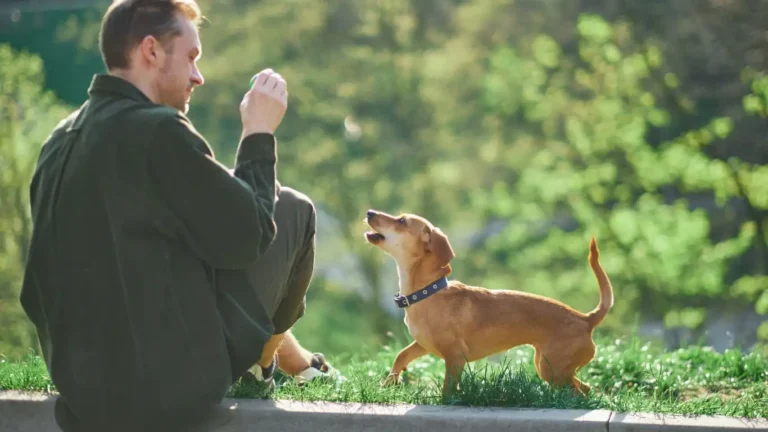Easy Ways to Train Your Dog to Walk Under an Umbrella Comfortably
Training your dog to walk under an umbrella may sound like a quirky trick, but it’s a useful skill that can protect your pup from sun, rain, or even crowded urban environments. For dogs that are sensitive to weather conditions or have medical issues like skin problems or anxiety, walking under an umbrella can improve their comfort and well-being. With patience and the right steps, most dogs can learn to walk calmly under one.
Understanding How Dogs Perceive Umbrellas
Dogs experience the world differently than humans. What seems simple or normal to us — like carrying an umbrella — can be confusing or even frightening for your dog. Their senses, especially sight and hearing, play a major role in how they react to new objects.
Umbrellas can be loud when they open, look large and threatening from a dog’s perspective, and cast moving shadows. If your dog is already nervous around unfamiliar objects or sudden noises, this could make them uncomfortable during walks with an umbrella.
Also, dogs use body language to understand what’s happening. When an umbrella blocks part of your body, your dog may not pick up on your usual cues or facial expressions, which could make them unsure of what’s going on.
How Walking Under an Umbrella Helps
Getting your dog used to walking under an umbrella can make outings more enjoyable — for both of you. Whether it’s shielding them from heavy rain or offering sun protection for sensitive skin, the umbrella can serve as a portable shelter.
Some dog breeds, like Bulldogs or Frenchies, are prone to overheating. In hot weather, an umbrella can reduce direct sun exposure, helping regulate their body temperature. For dogs with allergies, skin sensitivities, or healing wounds, protection from the elements can also support skin health.
Even beyond the physical benefits, training your dog to stay calmly under an umbrella can build trust, reduce fear of new objects, and increase confidence — especially in anxious or shy dogs.
Common Reasons Dogs Might Struggle With Umbrellas
- Fear of unfamiliar objects: Umbrellas change shape quickly and can be noisy when opened.
- Previous bad experiences: If your dog was startled by an umbrella in the past, they might associate it with fear or discomfort.
- Lack of socialization: Dogs that haven’t been exposed to different sights and sounds may react nervously to unusual items.
- Height and space: Smaller dogs may feel overwhelmed walking under something that towers over them.
- Obstructed view of you: Umbrellas can block your face and body language, confusing your pup.
These behaviors don’t mean your dog can’t be trained — it just means they need time, patience, and positive reinforcement to adjust.
Step-by-Step: How to Train a Dog to Walk Under an Umbrella
1. Introduce the Umbrella Slowly
Start by showing your dog the umbrella while it’s closed. Let them sniff it, walk around it, and get comfortable. Use treats or praise to help build a positive association.
2. Open the Umbrella in a Safe Space
Choose a quiet room indoors. Open the umbrella slowly and at a distance. If your dog seems nervous, don’t force interaction. Instead, reward calm behavior and move at their pace.
3. Practice Moving with the Umbrella
Hold the open umbrella and walk around the room. Let your dog follow you without being under it at first. This helps them get used to its movement and presence.
4. Teach Positioning
Use a leash and treats to guide your dog to walk close to your side — the side the umbrella will cover. Reward them when they stay in the right spot. Keep training sessions short and fun.
5. Add Duration and Distance
Gradually increase how long your dog walks under the umbrella. Take a few steps indoors, then outdoors, and eventually during short walks. Praise and reward often.
6. Practice in Different Weather Conditions
Once your dog is comfortable, try walking during light rain or sunny days. This will help your dog understand the umbrella is part of the walk, not a threat.
7. Reinforce Good Behavior
Continue to reward calm walking and gentle leash behavior. If your dog gets distracted or tries to avoid the umbrella, pause and reintroduce the training at an easier level.
Signs Your Dog Is Uncomfortable
- Trembling or cowering
- Trying to back away or hide
- Barking or whining when the umbrella is nearby
- Pinned-back ears or tucked tail
- Refusing to walk or pulling on the leash
If you notice these signs, take a break and return to earlier steps. Training should always feel safe and positive for your dog. Don’t rush the process.
When to Seek Help from a Trainer or Vet
Most dogs can learn to walk under an umbrella with patience, but some may have deeper fear or anxiety that makes the training tough. If your dog shows signs of extreme stress — like shaking, hiding, or refusing to eat — it might be time to talk to a professional.
Consider reaching out to a certified dog trainer or behaviorist if:
- Your dog becomes aggressive or overly fearful around the umbrella
- They’ve had trauma related to storms or loud noises
- You’ve tried training for several weeks with no progress
Your vet can also check for any underlying health issues, such as joint pain or vision problems, that might make walking under an umbrella uncomfortable.
With consistent practice and support, even cautious dogs can learn to feel safe walking under an umbrella. Start small, stay patient, and celebrate every step forward. If you hit a rough patch, don’t worry — help is out there.






